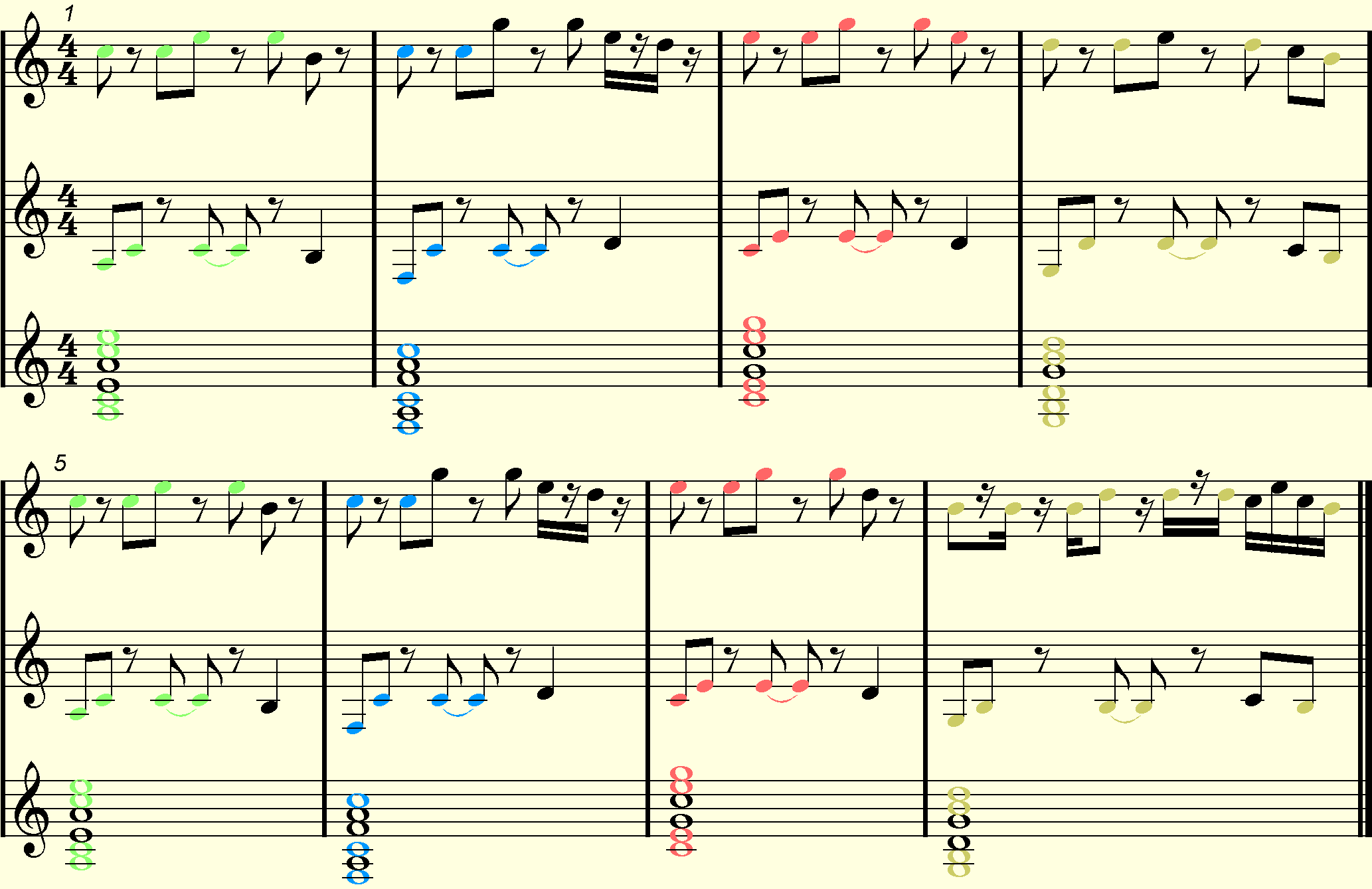Sup guys? New to the forum.
I've been playing with my little toy keyboard since when I was 9. Now I'm 19, and months ago, when I was at a friend's house, I found a thing called FL Studio. The friend told me his brother used to create amateur songs, just for fun. I borrowed the program, and I started to see how it worked. Now I bought a MIDI keyboard just for fun, and I started to like the entire thing.
I always liked music, almost every genre, but I prefer hands up, dance, trance (not the modern one) and similars. Anyway, I never made something serious, just 30 seconds melodies with basslines and some drums repeating. I'm trying to make something more serious, and I start to understand how it's hard!
I know the basics + something else from music theory... my first question on the forum (how big is it!? so many topics ^^) is: is there a "rule" or some "guidelines" to follow when trying to put together two melodies at same time?
Let's say I have a piano melody (in minor) and a synth melody (in the relative major). I put a bad bassline and some drums, then I play first the piano, then the synth and finally all together. Result: noize and bad sounds everywhere. I know that relative scales in minor and major sounds better, but I don't know what else to do. Maybe trying to make the melodies similar? As: same intervals somewhere, or same movement?
You know, I try to create some very easy easy song. Amateur stuff, like Dj Splash or Boosterz Inc (I was on Euroadrenaline time ago). I analyzed lots of MIDIs to see the structure of my favourite artists' songs, and in six months I must say I got better (well I'm still the same sh1t, just with a little more knowledge). Still the style I'm trying to recreate, even if it's easy, I can't get it quite well...
Thanks everyone!
I've been playing with my little toy keyboard since when I was 9. Now I'm 19, and months ago, when I was at a friend's house, I found a thing called FL Studio. The friend told me his brother used to create amateur songs, just for fun. I borrowed the program, and I started to see how it worked. Now I bought a MIDI keyboard just for fun, and I started to like the entire thing.
I always liked music, almost every genre, but I prefer hands up, dance, trance (not the modern one) and similars. Anyway, I never made something serious, just 30 seconds melodies with basslines and some drums repeating. I'm trying to make something more serious, and I start to understand how it's hard!
I know the basics + something else from music theory... my first question on the forum (how big is it!? so many topics ^^) is: is there a "rule" or some "guidelines" to follow when trying to put together two melodies at same time?
Let's say I have a piano melody (in minor) and a synth melody (in the relative major). I put a bad bassline and some drums, then I play first the piano, then the synth and finally all together. Result: noize and bad sounds everywhere. I know that relative scales in minor and major sounds better, but I don't know what else to do. Maybe trying to make the melodies similar? As: same intervals somewhere, or same movement?
You know, I try to create some very easy easy song. Amateur stuff, like Dj Splash or Boosterz Inc (I was on Euroadrenaline time ago). I analyzed lots of MIDIs to see the structure of my favourite artists' songs, and in six months I must say I got better (well I'm still the same sh1t, just with a little more knowledge). Still the style I'm trying to recreate, even if it's easy, I can't get it quite well...
Thanks everyone!


